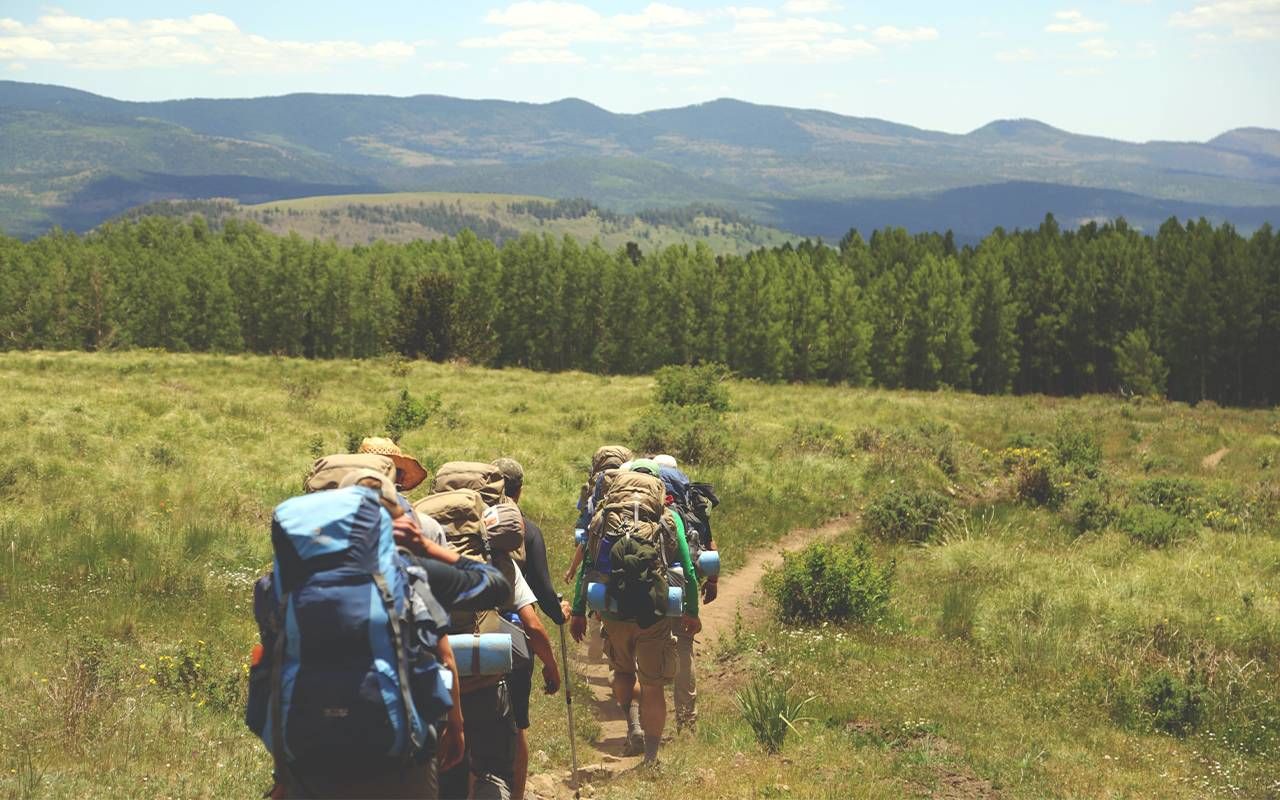How Green Is My Travel?
Here are five ways to reduce your carbon footprint when you plan your next 'eco-friendly' travel adventure
Several years ago, I booked what I thought was an "ecodestination" family trip to Costa Rica. What I had hoped would be a transformational experience among the rainforests, cloud forests, volcanoes and endangered habitats was an eye-opener and great experience.
Yet it wasn't earth-friendly when I totaled up the carbon dioxide produced by our flights there and back and the transportation getting to exotic parks.

As the summer travel season accelerates and COVID concerns fade, a growing number of Americans want to "green" their travel plans. While that usually means shrinking one's carbon footprint, many travelers are misled by "eco-tourism" trips designed to make well-meaning tourists feel less guilty about their journey.
Burdened by Flygscam?
As world travelers seek to satisfy their wanderlust, many are also becoming more aware of the environmental impact of their travels. Some, like me, may even feel guilty about it. The Swedes have a new word for this carbon-intensive regret: Flygscam, meaning guilt associated with air travel.
"They are looking to reduce CO emissions from their travels."
Jet planes belch tons of carbon dioxide and particulate matter into the atmosphere. The longest flights are the worst: Flying from New York to Toyko can produce up to two tons of carbon dioxide per passenger. Even medium to short-haul flights can inject up to 1.5 tons of this greenhouse gas into the atmosphere, according to the United Nations.
"A lot of people are starting to look at this," says Heather Magnussen, who is in charge of responsible travel and sustainability for Audley Travel, in Boston. "They are looking to reduce CO emissions from their travels."
Be Skeptical of Offsets
Although there are a host of companies offering "carbon offsets," which attempt to mitigate your carbon impact through buying third-party carbon credits or planting trees, the practice is controversial and may not reduce the impact of your travel. It would be worthwhile to explore third-party services like Climate Impact Partners, which vets these offerings.
Carbon offset providers have many drawbacks; they may not be directly pulling carbon out of the atmosphere. According to one study by The Guardian, "90% of rainforest carbon offsets by biggest certifier are worthless." The study questioned the company's impact in reducing rainforest depletion. Verra, a Washington-based nonprofit that verifies carbon-offset claims, disputed The Guardian's assertions.
In recent years, airlines have taken steps to reduce their carbon emissions. Some have committed to "science-based targets" for reducing their carbon emissions, says Michelle Li, founder of Clever Carbon, a company that helps everyday individuals learn about their carbon footprint.
"Traveling can never be 'green,' but there are ways to lower your carbon footprint and your impact on the planet."
"Traveling can never be 'green,' " Li says, "but there are ways to lower your carbon footprint and your impact on the planet." Learning how to do so will require you to do a little homework and use third-party services, such as Science Based Targets, that monitor companies' commitments to reducing emissions.
You can, of course, drill down even more on your own and customize your own trip or find a travel agency that can book a "green trip." When Magnussen advises on a trip, she looks for eco-friendly hotels that use renewable energy and buy food from local sources, among other environmentally friendly factors.
The simplest option is to travel locally or take lower-impact trips on trains, which is best accomplished in Europe, Japan and China, which have extensive high-speed rail systems. Of course, planning your own green trip requires some homework. Here are some essential points to consider.
5 Ways to Lower Your Travel Carbon Footprint
- Do the math on carbon emissions. An online calculator can estimate the amount of carbon a trip will generate; Google Flights does the same for travel it books. Some answers are unsurprising: Long flights generate a lot of carbon dioxide while local or non-stop flights are not as bad.
- Consider options. If you choose to run some numbers, find the least carbon-intensive way to reach your destination. If the numbers alarm you, downscale your trip — make it shorter — or buy offsets to counter the impact of your sojourn. As noted above, offsets are a dubious device. Keep in mind you can also plant (or pay a large organization to plant) a lot of trees, restore wetlands, prairies and savannas. The United Nations has some useful guidelines.
- Try an eco-working trip. Most large, active environmental groups sponsor programs that restore wilderness areas and parks. You can also volunteer to do the same at a local park, forest or conservation district. That's the lowest carbon footprint of all.
- Choose eco-friendly lodging. This is a broadly defined category that ranges from treehouses to resorts that commit to shrinking their carbon footprint. Choose lodging that employs sustainability practices: Does the property run on renewable energy? What is it doing to reduce its waste stream? How is it minimizing its effect on the local environment? An organization called Travelife Partners does third-party certification of lodging companies.
- Take a staycation. That's right. Explore your metropolitan area using public transportation to get to local museums, parks, forest preserves and hotels. Just about every mid- to large city has great science, natural history and nature museums accessible by public transit.

